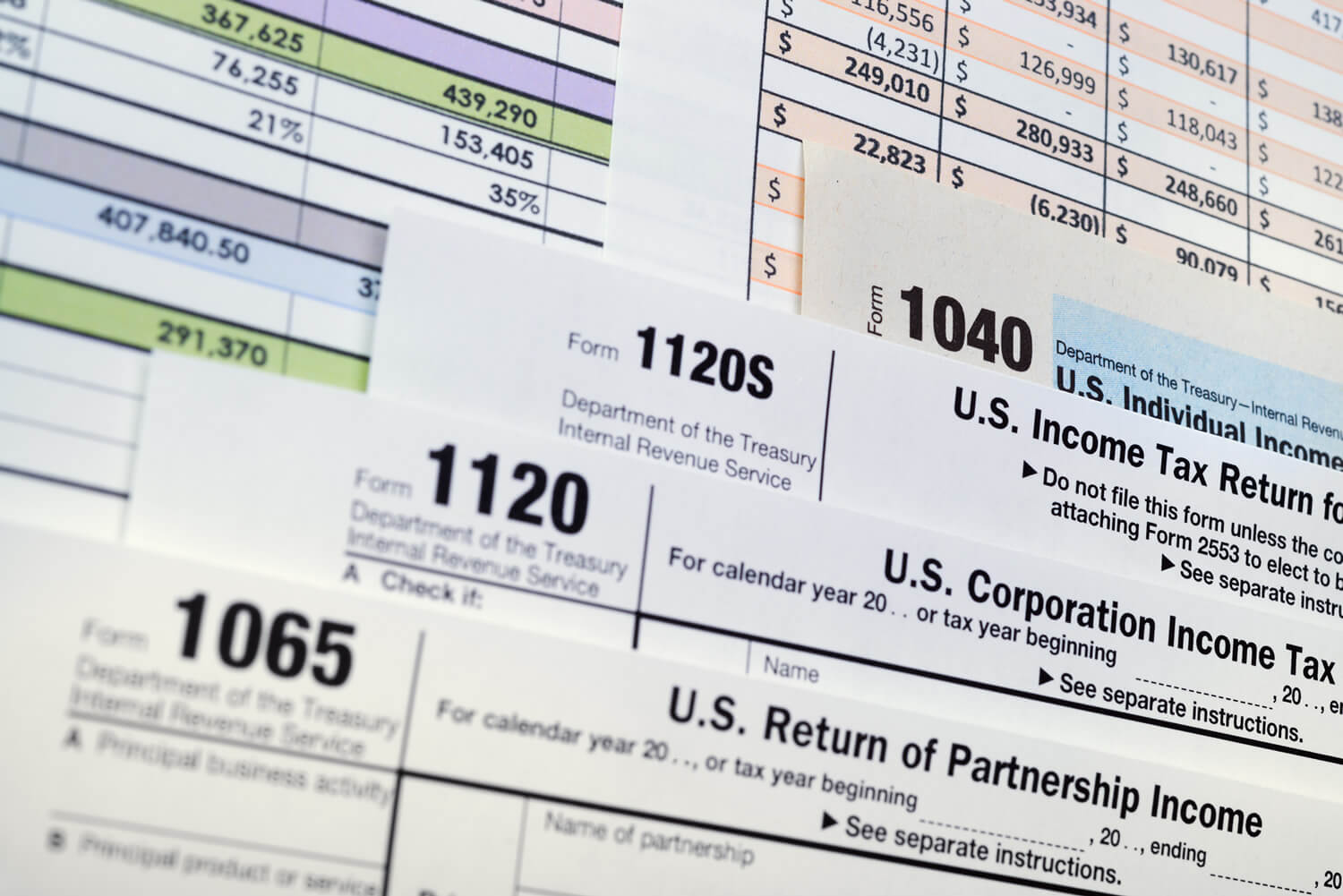Should I Itemize My Deductions or Take the Standard Deduction?

Introduction
When filing your taxes, one of the crucial decisions you must make is whether to itemize your deductions or take the standard deduction. This choice can significantly impact your overall tax liability and potential tax savings. Understanding the differences and determining which option is best for your financial situation is key for maximizing your tax benefits.
What is the Standard Deduction?
The standard deduction is a fixed dollar amount that reduces the income you’re taxed on. For the 2024 tax year, the standard deduction amounts are as follows:
- $13,850 for single filers and married individuals filing separately.
- $27,700 for married couples filing jointly.
- $20,800 for heads of household.
These amounts are adjusted annually for inflation. The standard deduction simplifies the tax filing process since it doesn’t require you to list and document individual expenses. It’s available to all taxpayers who don’t itemize deductions and provides a straightforward way to reduce taxable income.
What Are Itemized Deductions?
Itemized deductions, on the other hand, allow you to deduct specific expenses from your taxable income. Common itemized deductions include:
- Mortgage interest: Interest paid on your home mortgage.
- Property taxes: State and local property taxes.
- Charitable contributions: Donations to qualified charitable organizations.
- Medical expenses: Out-of-pocket medical and dental expenses that exceed 7.5% of your adjusted gross income (AGI).
- State and local taxes: State and local income or sales taxes, up to a $10,000 cap.
To claim itemized deductions, you need to keep detailed records and receipts for all qualifying expenses. Itemizing can be more beneficial if your total itemized deductions exceed the standard deduction amount.
Comparing Standard and Itemized Deductions
To determine whether to itemize or take the standard deduction, compare the total of your itemized deductions to the standard deduction amount for your filing status. For example, if you’re a single filer and your itemized deductions total $15,000, it’s better to itemize since the amount exceeds the $13,850 standard deduction. On the other hand, if your itemized deductions total only $10,000, taking the standard deduction would be more advantageous.
Pros and Cons of Itemizing Deductions
Advantages:
- Potentially higher deduction if you have significant deductible expenses.
- Allows for deductions that specifically apply to your financial situation.
Disadvantages:
- Requires detailed record-keeping and documentation.
- More time-consuming to prepare your tax return.
Itemizing is particularly beneficial for homeowners with mortgage interest and property tax payments, individuals with high medical expenses, and those who make substantial charitable contributions.
Pros and Cons of Taking the Standard Deduction
Advantages:
- Simplifies the tax filing process.
- No need to keep detailed records of expenses.
- Provides a consistent deduction amount regardless of actual expenses.
Disadvantages:
- May result in a lower total deduction if your itemized expenses are high.
The standard deduction is often the better choice for taxpayers with fewer deductible expenses, renters, and those looking for a simpler tax filing process.
How to Decide Which Option is Best for You
To make an informed decision, follow these steps:
- List all potential itemized deductions: Gather documentation for mortgage interest, property taxes, charitable contributions, medical expenses, and other deductible items.
- Calculate total itemized deductions: Add up all eligible expenses.
- Compare to the standard deduction: See if your total itemized deductions exceed the standard deduction amount for your filing status.
Using tax preparation software or consulting a tax professional can help simplify this process and ensure you make the most advantageous choice.
Conclusion
Choosing between itemizing deductions and taking the standard deduction is a critical decision that can affect your tax liability. By carefully comparing your itemized deductions to the standard deduction amount and considering your specific financial situation, you can maximize your tax savings. Review your options annually and consult with a tax professional to ensure you’re making the best choice for your circumstances.

